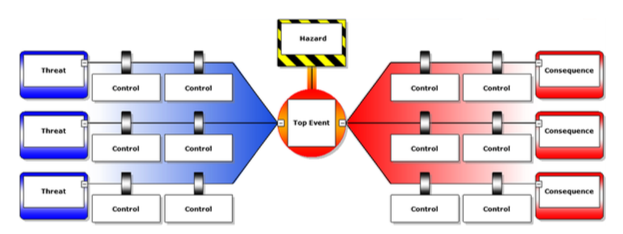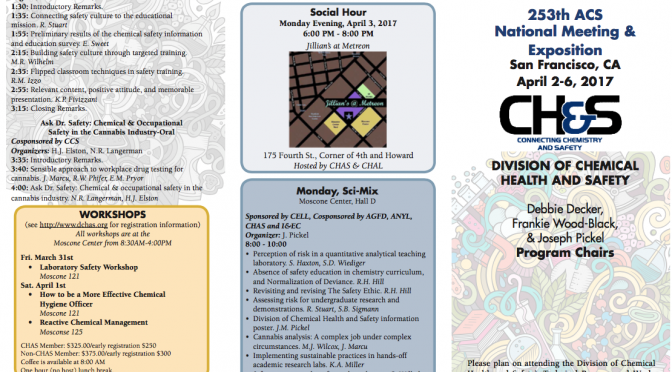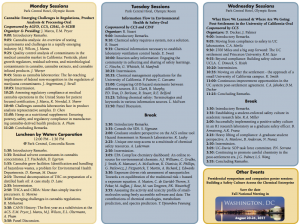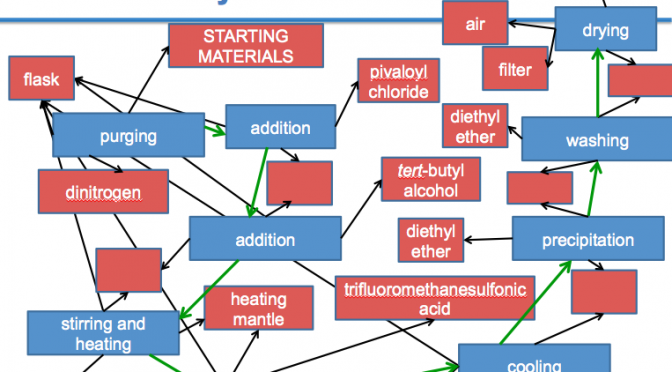- ACS Safety Alert: The Rainbow Demonstration
https://www.acs.org/content/acs/en/about/governance/committees/chemicalsafety/safety-alert-rainbow-demonstration.html - National Science Teachers Association:
http://www.nsta.org/safety/flametests.aspx - The Chemical Safety Board (CSB) video showing consequences of the methanol-related experiments:
http://www.csb.gov/videos/after-the-rainbow/ - C&EN Safety Zone Blog list of K-12 educational school museum likely alcohol fire incidents https://docs.google.com/spreadsheets/d/1cp4xM5iyPIDekvnaDM3DRTQs1gKxDj6aYQ1JaSTFWsU/edit?usp=sharing
Related ACS Resources and Articles
DCHED Safety Committee http://www.divched.org/committee/safety has written Safety Guidelines for Demonstrations. These guidelines are also available in poster format.
Safe Transportation Recommendations for Chemicals Used in Demonstrations or Educational Activities











